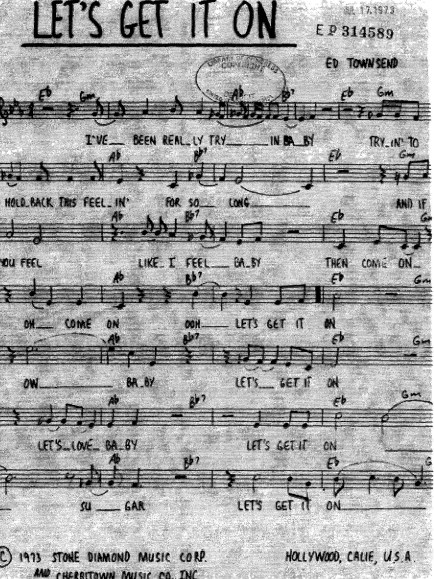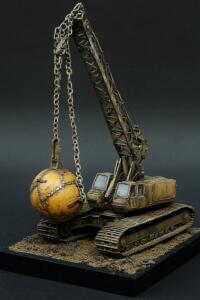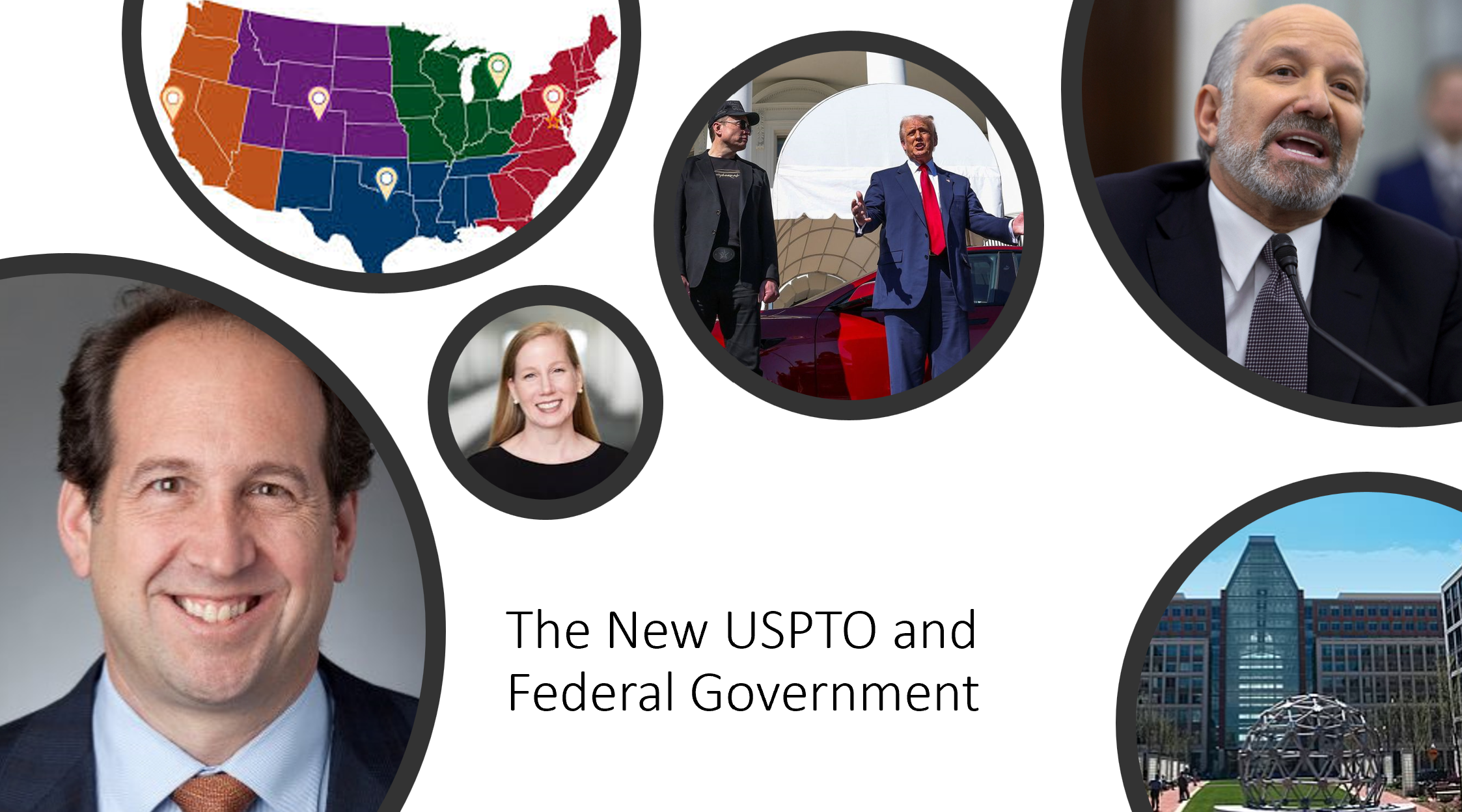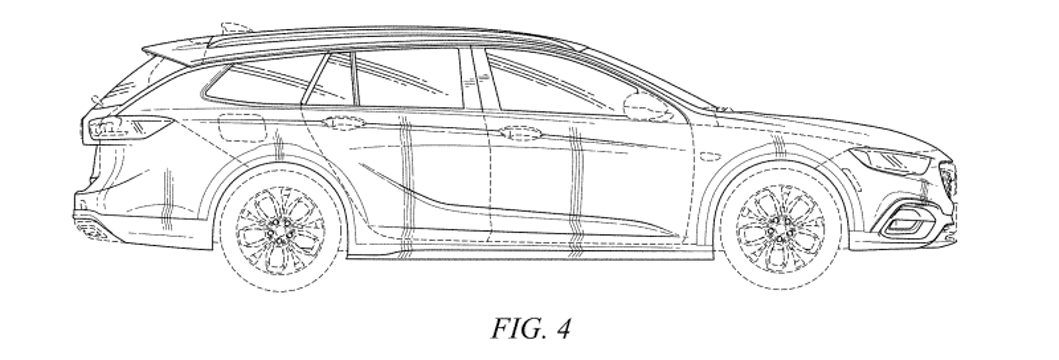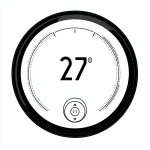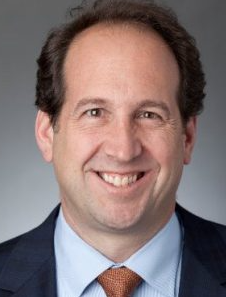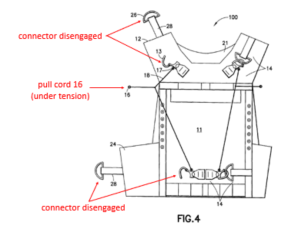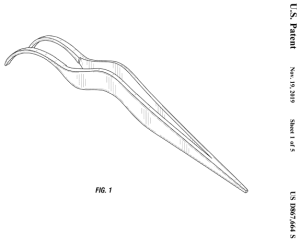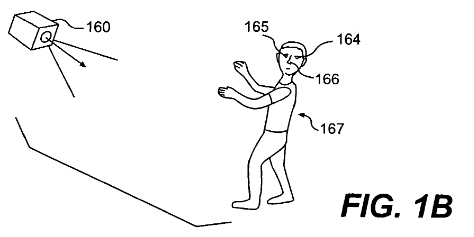By Dennis Crouch
There is an almost ritualistic moment anytime I teach property and estates law. The hand shoots up and a student asks what happens when those listed in a will - murder their benefactors to accelerate inheritance. There tends to be some nervous laughter as well as genuine curiosity. Virtually all jurisdictions have created some "slayer rule" stemming from the common law principle that "no one shall profit from their own wrong," preventing killers from inheriting from their victims.
I wonder if this same principle—that wrongdoers should not profit from their misconduct—resurfaces in the context of Purdue Pharma's recent Supreme Court filing. After playing a central role in fueling the devastating opioid OxyContin epidemic, Purdue now seeks to extend and defend patents on abuse-deterrent formulations designed to mitigate the very crisis they helped create. But, this ethical dilemma may be somewhat resolved with Purdue Pharma's March 2025 reorganization plan that proposes transforming into a "public benefit company" dedicated to addressing the opioid crisis. The best analogy here may be to biblical Saul who through spiritual revelation was transformed from a persecutor of Christians to their most fervent apostle. The plan for Purdue is a similar death and rebirth -- albeit part of a negotiated legal remedy rather than a moral or spiritual conversion. The company is being dissolved and reorganized with a new mission, but this is happening through court-supervised bankruptcy proceedings with specific financial and structural requirements.
Lets dig into this pending case: Purdue Pharma was recently granted a 30-day extension to submit its petition for certiorari, seeking review of a Federal Circuit decision that invalidated several OxyContin-related patents. As is usual, the extension application includes strong foreshadowing that the eventual petition will focus on the core question of obviousness -- and particularly the role of objective indicia of non-obviousness.
Federal Circuit Affirms Invalidity of Purdue’s OxyContin Patents
To continue reading, become a Patently-O member. Already a member? Simply log in to access the full post.
